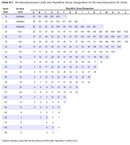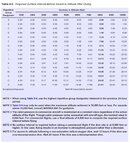k954triniz
Contributor
I know flying after diving is a big no no. But when people think of flying they think of a commercial jetliner that goes up to 32,000 ft and higher. I am a small private airplane mechanic like the little cessnas and pipers. Today I had to refuse to go Bahamas to change a part on one of the planes I work on. I would have been flying for about an hour and wouldn’t go above 10,000ft due to the aircraft not being pressurized. I ended my dive in which I dove to 110ft at 11am yesterday and would have been in the air around 8am today. Can anyone advise me on if that would have been an issue. Also if even going to 10,000ft would even be an issue right after the dive.






